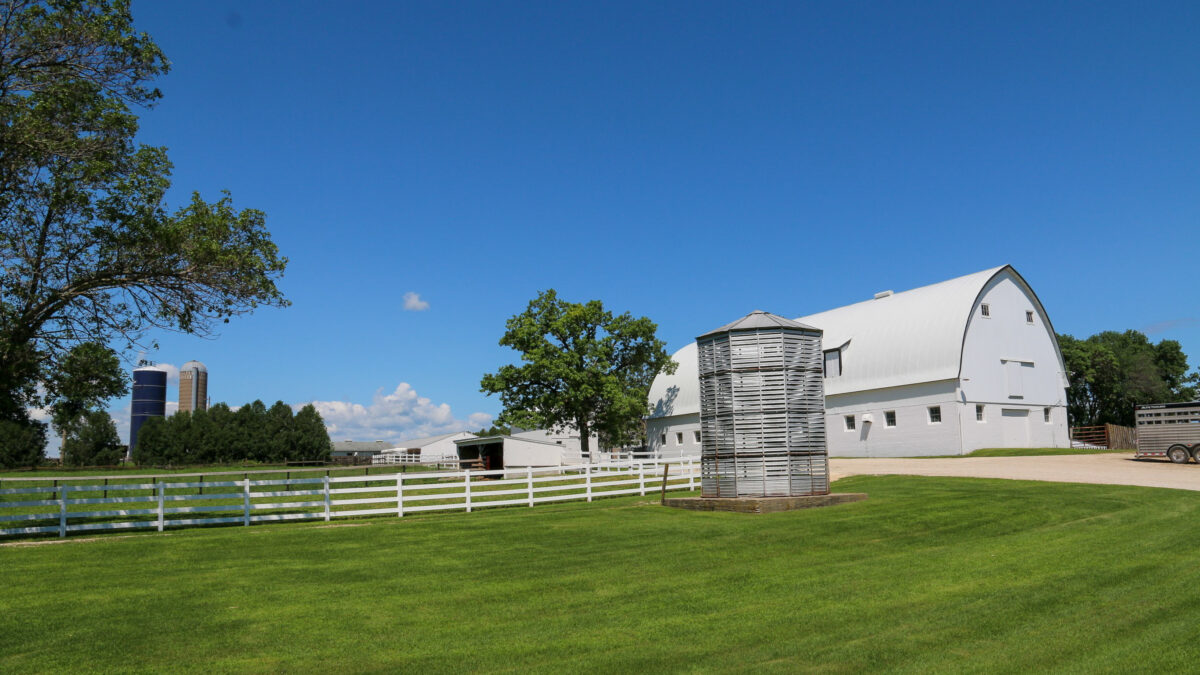COVID-19 Will Likely Push Farm Bankruptcies Higher
TOPICS
Farm Bankruptcy
photo credit: Alabama Farmers Federation, Used with Permission
John Newton, Ph.D.
Vice President of Public Policy and Economic Analysis
Given the challenges to the farm economy in recent years, i.e., low commodity prices, retaliatory tariffs and natural disasters, it’s no surprise that farm bankruptcies continue to rise.
While well below the historical highs of the 1980s, Chapter 12 family farm bankruptcies for the 12-month period ending March 2020 totaled 627 filings, a 23% increase from the previous 12 months, according to recently released data from the U.S. Courts. Chapter 12 bankruptcy filings have increased for five consecutive years, and the 627 filings over the previous 12 months is the third-highest total over the last 20 years – behind 743 filings in 2011 and 632 filings in 2003.
The continued increase in Chapter 12 filings coincides with recent changes to the bankruptcy rules in 2019’s Family Farmer Relief Act, which raised the debt ceiling to $10 million (The Verdict Is In: Farm Bankruptcies Up in 2019).
Moving forward, however, the coronavirus’ impact on the national economy as a whole and the farm economy specifically -- high unemployment and low commodity prices and reduced farm revenue -- may make it more difficult for farmers to repay debt, which could increase farm bankruptcies. The extent to which farm bankruptcies and/or liquidations can be avoided depends on the financial support provided to farmers, ranchers and agribusinesses in the near future, e.g., UPDATE: What’s in USDA’s New Coronavirus Food Assistance Program?
Chapter 12 Bankruptcies by State
During the previous 12 months, Chapter 12 farm bankruptcies were the highest in Wisconsin at 78 filings. Following Wisconsin, Nebraska had 41 Chapter 12 filings. Chapter 12 farm bankruptcies rose in many states across the Upper Midwest, West and Southeast. Wisconsin had the largest increase — 39 more filings than the prior 12-month period. Following Wisconsin were Iowa and Nebraska, with 23 and 22 additional Chapter 12 bankruptcy filings, respectively. Figures 1 and 2 highlight chapter 12 bankruptcy filings and the year-over-year changes.


Chapter 12 Bankruptcies by Region
Four regions of the U.S. experienced higher bankruptcy rates over the previous 12 months. More than 50% of the Chapter 12 filings were in the 13-state Midwest region, followed by 19% in the Southeast. The Midwest had 316 Chapter 12 filings, up from 223 filings in the 12-month period ending March 2019, while the Southeast had 117 filings, up from 102 filings the previous 12-month period. Figure 3 highlights Chapter 12 bankruptcy filings by region and the year-over-year change.

COVID-19-Related Challenges Remain
The farm economy continues to be pulled down by low commodity prices, trade-related demand uncertainty and natural disasters including flood-related planting delays and crop losses and catastrophic hurricanes. Congress and the administration have provided financial support to farmers and ranchers through a variety of aid packages including the Wildfire and Hurricane Indemnity Programs and the Market Facilitation Program. Without this support, farm bankruptcies would likely be higher, though still well below historical highs.
The immediate challenges with respect to COVID-19 to the agricultural sector are well documented. A lesser-discussed concern is the impact of high unemployment on off-farm income and, ultimately, debt repayment capacity. The last considerable increase in loan delinquencies coincided with the Great Recession. During that time, unemployment reached nearly 10% and off-farm income fell by as much as $10,000 per household, resulting in farm loan delinquencies that exceeded 3% in 2010. This increase in delinquencies is likely a major factor in farm bankruptcies rising to their highest levels of the decade in 2010, Figure 4.

With unemployment in the U.S. now projected to reach 14.5% in the second and third quarters, off-farm income could be at risk. The decline in off-farm income will make it more difficult for farmers and ranchers to service their record $425 billion in debt – and could potentially put pressure on land values in upcoming years if debt repayment challenges emerge. Low interest rates certainly help, but farmers and ranchers need an immediate injection of working capital. The Coronavirus Food Assistance Program will help, but early estimates of the damage to the farm economy suggest more is needed. Increasing the Commodity Credit Corporation’s borrowing authority would certainly be a step in that direction, i.e., Reviewing the Commodity Credit Corporation’s Borrowing Authority.
Summary
Up 23% from the previous 12 months, farm bankruptcies continue to rise across the U.S. The 627 Chapter 12 filings from April 2019-March 2020 are concentrated in the Midwest, likely due to several years of low crop and milk prices. The incidence of bankruptcies does remain low – approximately three per 10,000 farms – but the trend is concerning given where we’ve been and the COVID-19-related economic struggles that are certain to follow.
Congress and the administration made an initial down payment for agriculture in the CFAP assistance package, but challenges related to working capital, livestock and dairy processing plant closures and negative ethanol plant profitability, among others, all need to be addressed to support the farm economy that underpins rural America.
Top Issues
VIEW ALL